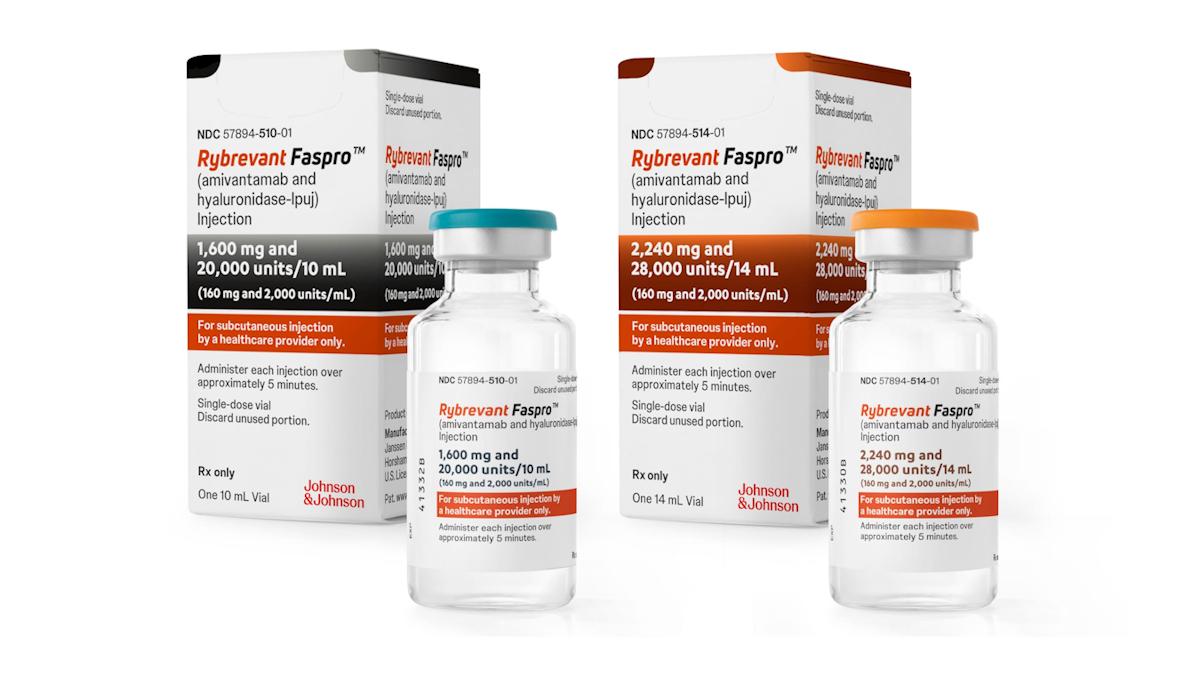AstraZeneca looks to CRISPR to boost success rates

Between 2005 and 2010 AstraZeneca‘s success rates for taking drugs from candidate nomination to phase III completion were at 4%, below an already-low industry standard of 5%. As Mene Pangalos, the company's executive vice president, Innovative Medicines & Early Development (IMED) Biotech Unit, puts it, AstraZeneca and the industry as a whole are “good at failing”.
For the past eight years, though, AstraZeneca has been making a concerted effort to address that, and success rates have risen dramatically to 19% in 2012–2016. Now the company is looking towards functional genomics and CRISPR technology to help boost success rates even further, through a new collaboration with Cancer Research UK.
As part of the reinvention of its approach to drug discovery, in 2011 AstraZeneca created the “5R” framework to help it make sure that every drug it investigates has a much higher chance of success – right target, right tissue, right patient, right safety and right commercial.
‘Right patient’, for example, is about finding the patient population that is most likely to respond to a particular drug therapy early on, while ‘right commercial’ is about asking why anybody would want to reimburse or pay for a medicine based on what the standard of care is going to be by the time it is launched.
But it is the search for the ‘right target’ that has led the company to collaborate with Cancer Research UK and launch the Functional Genomics Centre, a centre of excellence for genetic screening, cancer modelling and big data processing aimed at accelerating the discovery of new cancer medicines.
Functional genomics aims to understand the complex relationship between genetic changes happening within DNA and how these translate to cellular changes in disease. Knowing the functional genomic drivers of disease enables scientists to more accurately select the right drug targets and increases the probability of success in the clinic.
[caption id="attachment_50028" align="alignleft" width="135"] Mene Pangalos[/caption]
Mene Pangalos[/caption]
This fits well with AstraZeneca’s new philosophy – Pangalos, speaking at a media briefing to announce the collaboration, points out that today none of the company’s programmes go into the clinic without first being able to demonstrate proof of mechanism. “That way you know that if it fails in the clinic you’ve tested your hypothesis and you’ve learnt something as a consequence,” he says. “We had way too many examples of us failing in the clinic, then asking whether we tested the science and the hypothesis and being met with lots of blank stares because we had no idea.”
The Functional Genomics Centre will focus on developing CRISPR technologies to better understand the biology of cancer, creating biological models that may be more reflective of human disease, and advancing computational approaches to better analyse big datasets.
CRISPR is a gene editing technology that can be used to edit the desired parts of the genome, which makes it possible to identify a DNA sequence, remove it, replace it or add it more easily than ever before to result in the specific deletion of, or the introduction of, nucleotide changes into any gene.
Though it is still an emerging field, the first therapies utilising CRISPR are already being reviewed by the FDA, including Vertex’s CTX001.
“CRISPR in its broadest intent has become embedded in the majority of our drug discovery programmes in terms of our ability to build better disease models and to help us identify new drug targets ,” says Steve Rees, AstraZeneca’s vice president, Discovery Biology, IMED Biotech Unit. “The collaboration with Cancer Research UK in the Functional Genomics Centre will allow us to run 150 of these screens each year from 2020 – half of those will be for AstraZeneca and half for Cancer Research UK. We will use this capability across our Oncology portfolio projects not only to help us identify new targets but also to help us identify the resistance mechanisms to our drugs such that we can make improved medicines that address those resistances.”
And Rees says that the work at the Centre will inform CRISPR work in the company’s other disease areas.
“We can use the CRISPR libraries and the technologies around bioinformatics in any disease area internally. The core capabilities will apply across all of our disease areas, and similarly capabilities that we’ll be developing in our other sites which aren’t necessarily developed initially for cancer can be brought into the centre to help drive discovery.
“Critical to the success of functional genomics is being able to create cell models that are predictive of the disease state we’re ultimately trying to target and that applies across all of our therapeutic areas… In a couple of years’ time I expect that every drug candidate we select to go into the clinic somewhere along the way will have been touched by CRISPR, in terms of optimising the model system that it’s tested in.”
Nevertheless, Pangalos says that AstraZeneca is being careful to avoid complacency.
“We’re still pretty good at failing,” he says. “We had a good run from 2012-16, and we want to make sure we keep this going, not just for five years but for ten years, 15 years, 20 years. We constantly have to think about how we reinvent ourselves, how we continue to evolve, and how we get better at what we do.”











